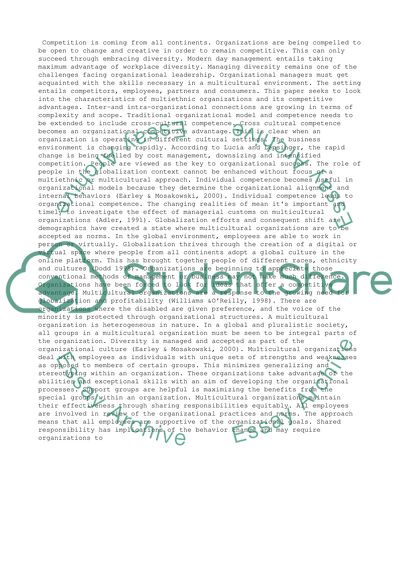Cite this document
(“Multicultural Organizations Research Paper Example | Topics and Well Written Essays - 1750 words”, n.d.)
Multicultural Organizations Research Paper Example | Topics and Well Written Essays - 1750 words. Retrieved from https://studentshare.org/management/1465049-which-characteristics-comprise-a-multicultural
Multicultural Organizations Research Paper Example | Topics and Well Written Essays - 1750 words. Retrieved from https://studentshare.org/management/1465049-which-characteristics-comprise-a-multicultural
(Multicultural Organizations Research Paper Example | Topics and Well Written Essays - 1750 Words)
Multicultural Organizations Research Paper Example | Topics and Well Written Essays - 1750 Words. https://studentshare.org/management/1465049-which-characteristics-comprise-a-multicultural.
Multicultural Organizations Research Paper Example | Topics and Well Written Essays - 1750 Words. https://studentshare.org/management/1465049-which-characteristics-comprise-a-multicultural.
“Multicultural Organizations Research Paper Example | Topics and Well Written Essays - 1750 Words”, n.d. https://studentshare.org/management/1465049-which-characteristics-comprise-a-multicultural.


